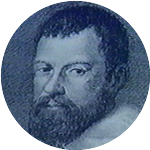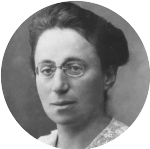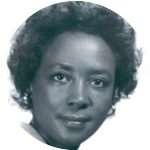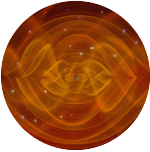Día de los Muertos,
Samhain,
and All That
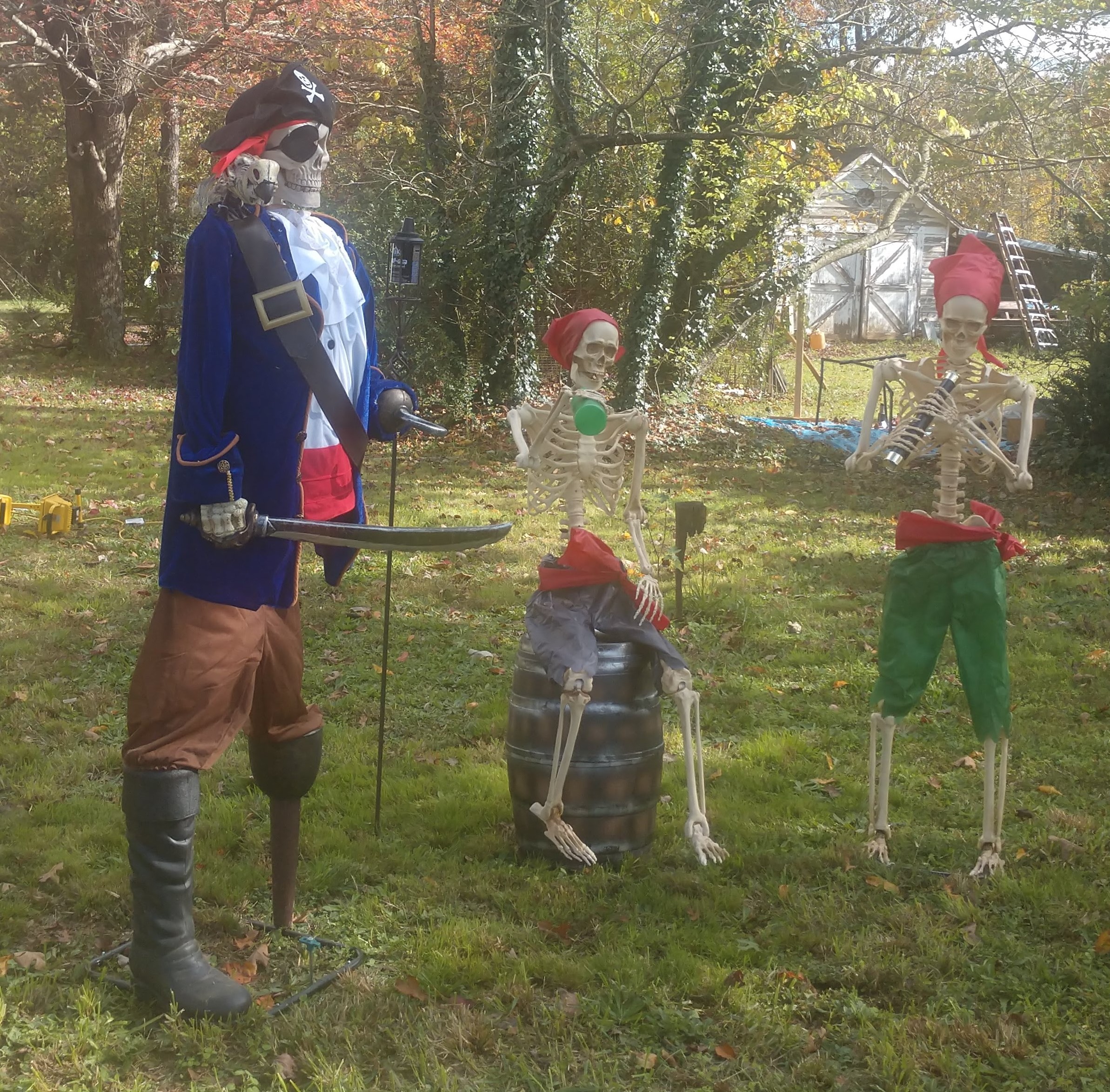
Roughly halfway between the autumnal equinox (September 22, 2021), and the winter solstice (December 21, 2021), we celebrate the holidays of Halloween, Día de los Muertos, and Samhain. The ancient Celtic festival of Samhain marked the harvest, the beginning of winter, and the new year. At such between times, some people thought the barriers between worlds would be thinner, allowing families to receive loved ones and other supernatural beings to cross into our world. In the 8th century, the Catholic Church made November 1, the feast of All Saints, and November 2, the feast of All Souls; these Christian observances were probably part of an effort to re-interpret Pagan practices. Halloween derives from “All Hallows’ Even,” or the night before the festival of All Hallows (Saints). Halloween traditions in the United States evolved from folk customs brought here by immigrants from the British Isles. Día de los Angelitos (Day of the Little Angels, November 1) and Día de los Muertos (Day of the Dead, November 2) blur the distinctions between the feasts of All Saints and All Souls. Día de los Muertos traditions in Mexico evolved from a blending of medieval Spanish Christian practices with native Mesoamerican ones.
Astronomically, we recognize the autumnal equinox as the first day of the fall season and the winter solstice as the first day of winter. Due to the obliquity (tilt) of the Earth’s orbit, the autumnal equinox is one of two days on which we experience nearly equal periods of light and dark. The Sun also appears to cross the celestial equator heading south. After the autumnal equinox, periods of nighttime darkness will increase until the longest night of year occurs on the winter solstice. On the winter solstice, the Sun will stop its apparent southward movement. After the winter solstice, the daylight portion of the day will begin lengthening until we again experience nearly equal periods of light and dark on the vernal equinox. After that, the daylight will continue to lengthen until the longest day of the year or summer solstice. Between each pair of solstices and equinoxes, we have cross-quarter days. Of these, the late October, early November festivals are the best known: Halloween, Día de los Muertos, and Samhain. However, you mark the changing seasons, the Friends wish you a safe and enjoyable November.


 witter
witter Instagram
Instagram
